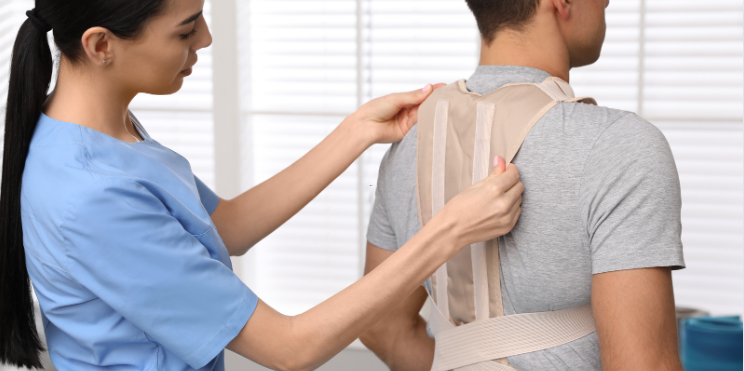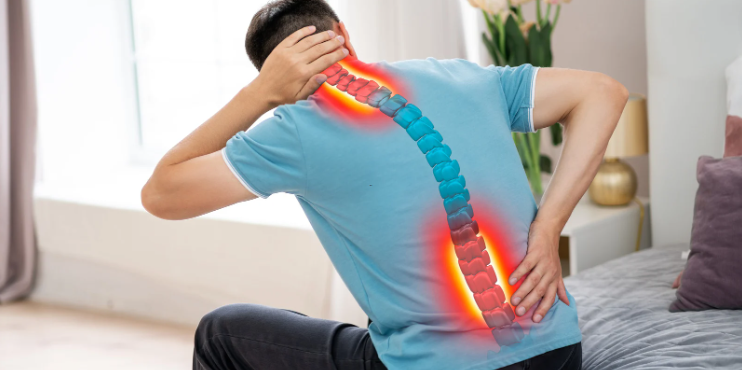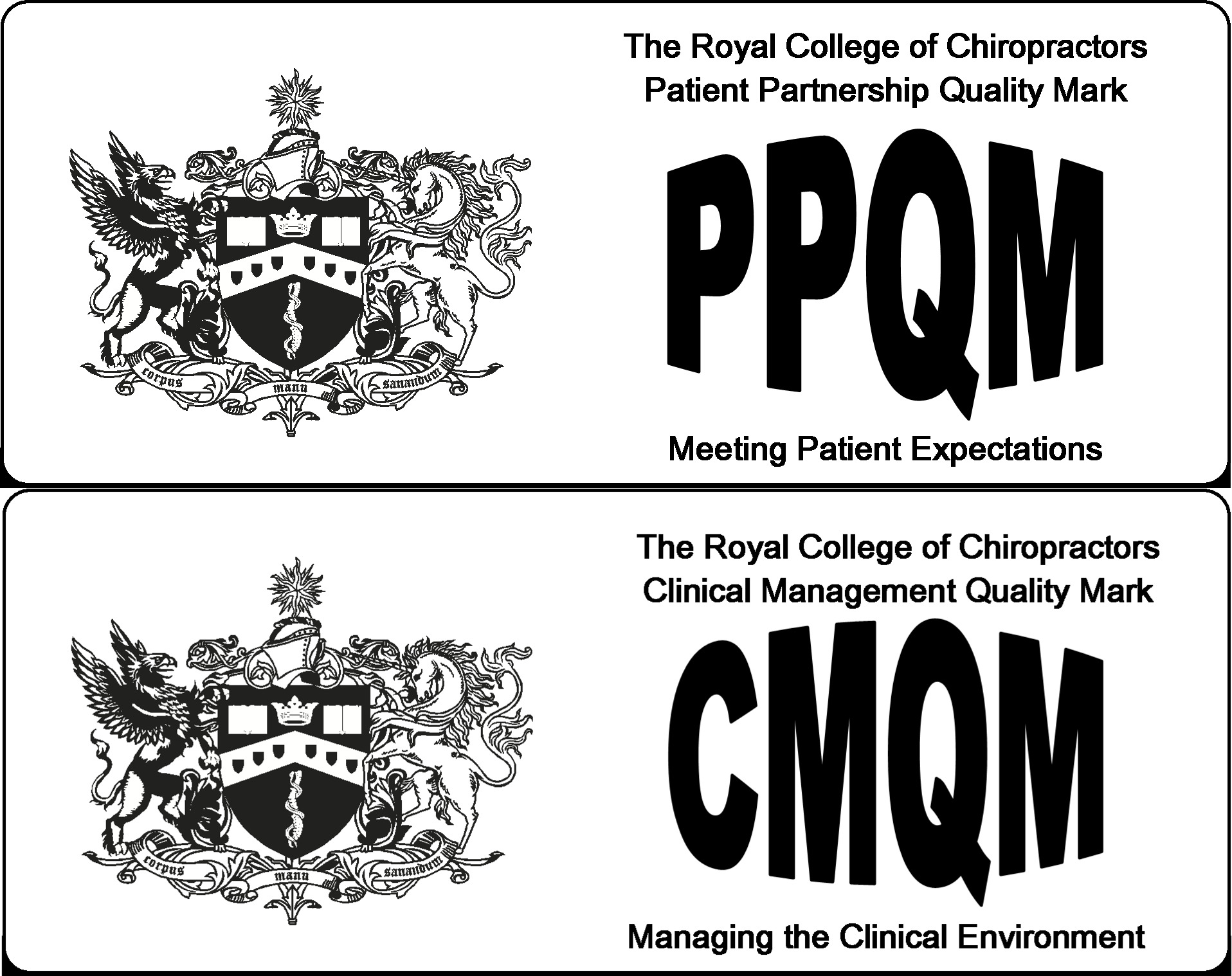Maintaining good posture is crucial for overall health and well-being. Poor posture, particularly while sleeping, can lead to a variety of health issues including chronic pain, reduced mobility, and even breathing difficulties. In this blog, we’ll explore the importance of posture correction sleep, the benefits of using an upper back posture corrector, and how posture correction physical therapy can help you achieve better alignment and improved health. This guide is particularly aimed at UK clients seeking effective solutions for posture-related issues.
Experience the Benefits of Chiropractic Care Today
Understanding Posture Correction Sleep
Posture correction sleep refers to maintaining proper alignment of the spine and body while sleeping. Since we spend about a third of our lives sleeping, the position in which we sleep significantly affects our posture and overall health. Poor sleeping posture can exacerbate issues such as back pain, neck pain, and even headaches.
Key Elements of Posture Correction Sleep:
- Choosing the Right Mattress and Pillow:
- A mattress that provides adequate support and aligns with your body’s natural curves is essential. Medium-firm mattresses are generally recommended for most people.
- Pillows should support the natural curve of the neck. For side sleepers, a thicker pillow is necessary to keep the neck aligned with the spine. Back sleepers should use a thinner pillow to avoid pushing the head too far forward.
- Optimal Sleeping Positions:
- Back Sleeping: This position supports the natural curvature of the spine. Place a small pillow under your knees to maintain the lower back’s natural curve.
- Side Sleeping: This is a good position for reducing back pain. Use a pillow between your knees to keep your hips aligned.
- Avoid Stomach Sleeping: This position can cause strain on the neck and lower back, leading to misalignment and pain.
The Role of an Upper Back Posture Corrector
An upper back posture corrector is a device designed to help you maintain proper posture throughout the day. It is particularly useful for individuals who spend long hours sitting at a desk, which is common in many jobs across the UK. These devices work by gently pulling the shoulders back, aligning the spine, and reducing slouching.
Benefits of Using an Upper Back Posture Corrector:
- Improved Alignment:
- Regular use helps train your muscles to maintain proper posture naturally, even when you’re not wearing the device.
- Reduced Pain:
- Correcting your posture can alleviate chronic pain in the back, neck, and shoulders.
- Increased Confidence:
- Good posture enhances your appearance and can boost your confidence and presence.
- Enhanced Breathing:
- Proper posture opens up the chest cavity, allowing for better lung expansion and improved breathing.
Posture Correction Physical Therapy
Posture correction physical therapy involves exercises and techniques designed to improve posture, strengthen muscles, and enhance overall alignment. Physical therapists work with individuals to develop personalized plans that address specific posture-related issues.
Components of Posture Correction Physical Therapy:
- Assessment:
- A thorough assessment of your current posture and any associated pain or discomfort.
- Customized Exercise Plan:
- Tailored exercises to strengthen the core, back, and shoulder muscles, which are crucial for maintaining good posture.
- Stretching Routines:
- Regular stretching to increase flexibility and reduce muscle tightness.
- Manual Therapy:
- Hands-on techniques to relieve muscle tension and improve mobility.
- Education:
- Guidance on proper ergonomics, body mechanics, and lifestyle modifications to support good posture.
Combining Approaches for Best Results
For UK clients seeking to improve their posture, a combined approach can be particularly effective. Incorporating posture correction sleep practices, using an upper back posture corrector, and engaging in posture correction physical therapy can provide comprehensive support and significant improvements.
- Start with an Assessment:
Consult with a physical therapist to evaluate your posture and create a tailored plan. - Integrate Daily Practices:
Use posture correctors during the day, particularly during activities that strain your posture. - Maintain Good Sleep Hygiene:
Invest in a supportive mattress and pillows, and practice sleeping in positions that support proper alignment. - Regular Physical Therapy Sessions:
Commit to regular sessions and follow the prescribed exercise and stretching routines. - Monitor and Adjust:
Continuously monitor your posture and make adjustments as needed, incorporating feedback from your physical therapist.
Conclusion
Improving your posture through a combination of posture correction sleep, using an upper back posture corrector, and engaging in posture correction physical therapy can lead to significant health benefits. For UK clients, adopting these practices can help alleviate pain, improve mobility, and enhance overall well-being. Remember, maintaining good posture is a lifelong commitment that requires consistent effort and attention, but the rewards in terms of health and quality of life are well worth it.
FAQs
What is posture correction sleep?
Posture correction sleep involves maintaining proper alignment of the spine and body while sleeping to prevent pain and discomfort. It includes using the right mattress and pillow, as well as adopting optimal sleeping positions.
How can an upper back posture corrector help me?
An upper back posture corrector gently pulls your shoulders back, aligns your spine, and reduces slouching. It helps improve your posture, alleviate pain, increase confidence, and enhance breathing by allowing better lung expansion.
What are the best sleeping positions for good posture?
The best sleeping positions for good posture are:
- Back Sleeping: Supports the natural curve of the spine; use a pillow under your knees.
- Side Sleeping: Reduces back pain; use a pillow between your knees to keep hips aligned.
- Avoid stomach sleeping as it strains the neck and lower back.
What does posture correction physical therapy involve?
Posture correction physical therapy includes:
- Assessment of your current posture
- Customized exercises to strengthen core, back, and shoulder muscles
- Stretching routines to increase flexibility
- Manual therapy to relieve muscle tension
- Education on ergonomics and lifestyle modifications
Can physical therapy help with long-term posture improvement?
Yes, physical therapy addresses the root causes of poor posture, providing long-term solutions. It helps prevent future issues by strengthening muscles, improving flexibility, and offering personalized care.
How do I find a top-rated chiropractor in Amersham for acupuncture?
To find a top-rated chiropractor in Amersham, search online for local practitioners, check their credentials, read patient reviews, ask for referrals from your GP, and schedule consultations to discuss your condition and treatment options.






